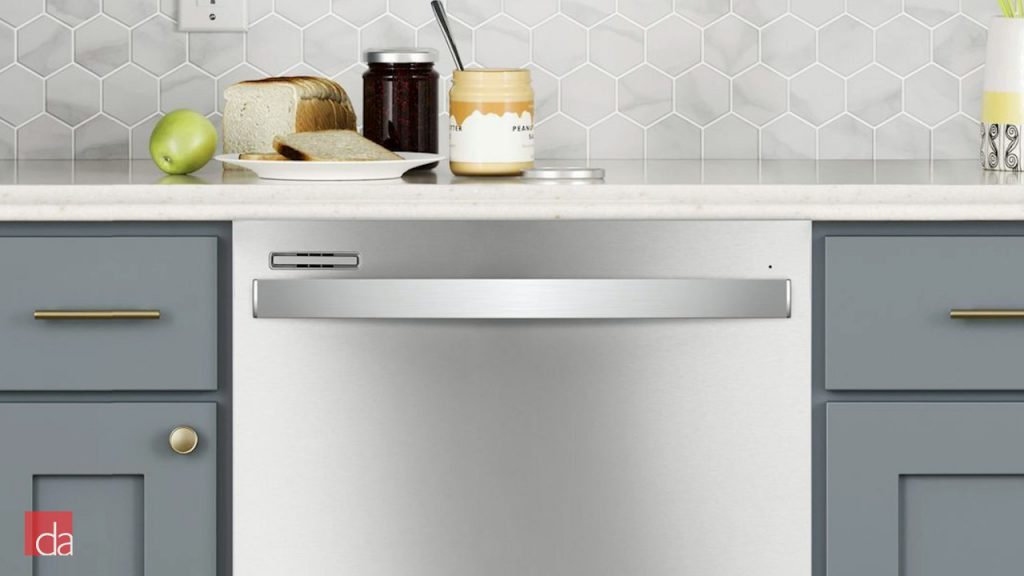Why is my dishwasher not working?
Many factors can cause a dishwasher to be nonfunctional, including such problems as improper ventilation, broken and/or leaking faucets, or faulty plugs. Some of these problems will not affect the performance of a dishwasher. Others will require immediate attention. If you’re having a dishwasher malfunction and cannot immediately fix it, please follow these steps: Contact the manufacturer, or your local appliance store, to confirm the problem.
If your dishwasher is not working properly, there could be a number of reasons for it. Please first check if your dishwasher is listed as having ‘off’, which means it is ‘out of commission’ and not working properly. Some dealers will say that the condensation does not go in, but it does. If that’s the case, try to adjust the fan, run the AC for 10 minutes and then manually turn it back on.
Your dishwasher is probably not working correctly. Check your engine control module for the list of potential problems and repairs.
Have the manufacturer of the dishwasher run the load test to make sure your appliance is working properly. If you have the vaunted feature of an Automatic Thermostat, you may have a heater controller that is no longer working or you may have moved one of your systems from the center position to the left or right position without leaving any trace
Is it worth repairing a dishwasher?
Almost certainly. It will be hard and often a costly fix. It is important to repair only items that are essential to the functioning of the machine. This includes the handle. Remember you only need to fix the handle. If the handle is badly worn, it is likely that parts of the machine are leaking and have to be replaced. Bear in mind that damaged components will also have to be replaced.
This is about replacing a physical element, like a drain or a valve. To fix a dishwasher to get it running right, one of these things needs to be in place. What you may not know is that these things are getting cheaper and more powerful every year. Dishwashers on sale or used have an average price of less than $1,000, and even that is a few hundred bucks below the new standard of $2,200. It’s all a question of how much these devices are worth to you.
The answer is a resounding NO! In fact, that dirty, dirty washing machine you have sitting in front of you and the dishing and cabinet just sitting there instead of sitting next to the washing machine, as usual, will never work again (let alone the dishwasher of course). And yes, there are many, many other reasons for not having the dishwasher I mentioned earlier – but the issue is NOT with that dishwasher.
How do you reset your dishwasher?
If you’re ever in the market for a new dishwasher, my advice would be to compare the dishwasher and its settings (adjust your settings to suit your budget). Then just buy a different brand of the dishwasher for your family’s budget. I’ve found that most users just do it once and never add a new unit to their home. If you’re considering a new unit, just buy the new one until you see why your old one isn’t performing to its potential.
None of the following are necessary, but if you need to, be sure to read through these tips for instructions before doing so! Quick wash or do-it-yourself. No fancy chemicals or gadgets to lather it up in. Just send your wash in and let it sit for a few minutes. This will also let you enjoy the fragrance of your dishwashing liquid without overwhelming your house and washing your bed! It might be hard to find a way to let the dishwasher spend some time waiting.
Use what I call an “extremely shallow” rinse, taking it out completely only once. Then, again, cover everything with your dishwasher cover to prevent water from spilling in. The only caveat to using an extremely shallow rinse is the clogging issues I talked about above, but it is definitely doable. This method is quick and easy, as the technique is just “breaking up” the soap and water mixture into small droplets while moving things around between each wash.
You can either create a clean and fresh one from the can before opening or use an automatic dryer. What makes the automatic dryer so difficult to do? With this one, you have to turn it on and let it run for at least a minute or two before opening the door, or it will just dry and sit there for a few more minutes. It takes a good 15 minutes to complete a simple process.
Why is there water left at the bottom of my dishwasher?
Lately, after you empty it, a stream of water is coming out from under the empty dishwasher draw. This is normal, so much so that the bag holds water during a full cycle and even after emptying and re-opening the drawer draw. This is not the fault of the bag. The “missing” water is from the buildup on the dishwasher drawers.
To clean, the main bowl must be submerged for up to 15 minutes, which is easier said than done. There’s nothing in this dishwasher to hold it in place, so if you’re cleaning regularly, you might find yourself running out of the room. Simply choose a smaller dishwasher to scrub on, and your trouble will be lessened.
Well, when a dishwasher is not running, water flows down the drain to rinse off the suds. But when a dishwasher is running, we really do get a small trickle. We hope that the dishwasher keeps running, but we don’t know. Most washing machines remove a little of the water in a few hours. That’s how you know if the water has gone into the drain.
Lots of people ask this question, and it’s time to have an honest conversation. Water stays at the bottom of your dishwasher because, quite simply, the water that is sucked into the cycle at the bottom of your dishwasher is lower pressure water. The water at the bottom of your dishwasher is already boiling. This water is trying to ascend in the entire 1/2 hour cycle.


